Art Deco Interior Design: A Satirical Guide to Timeless Opulence
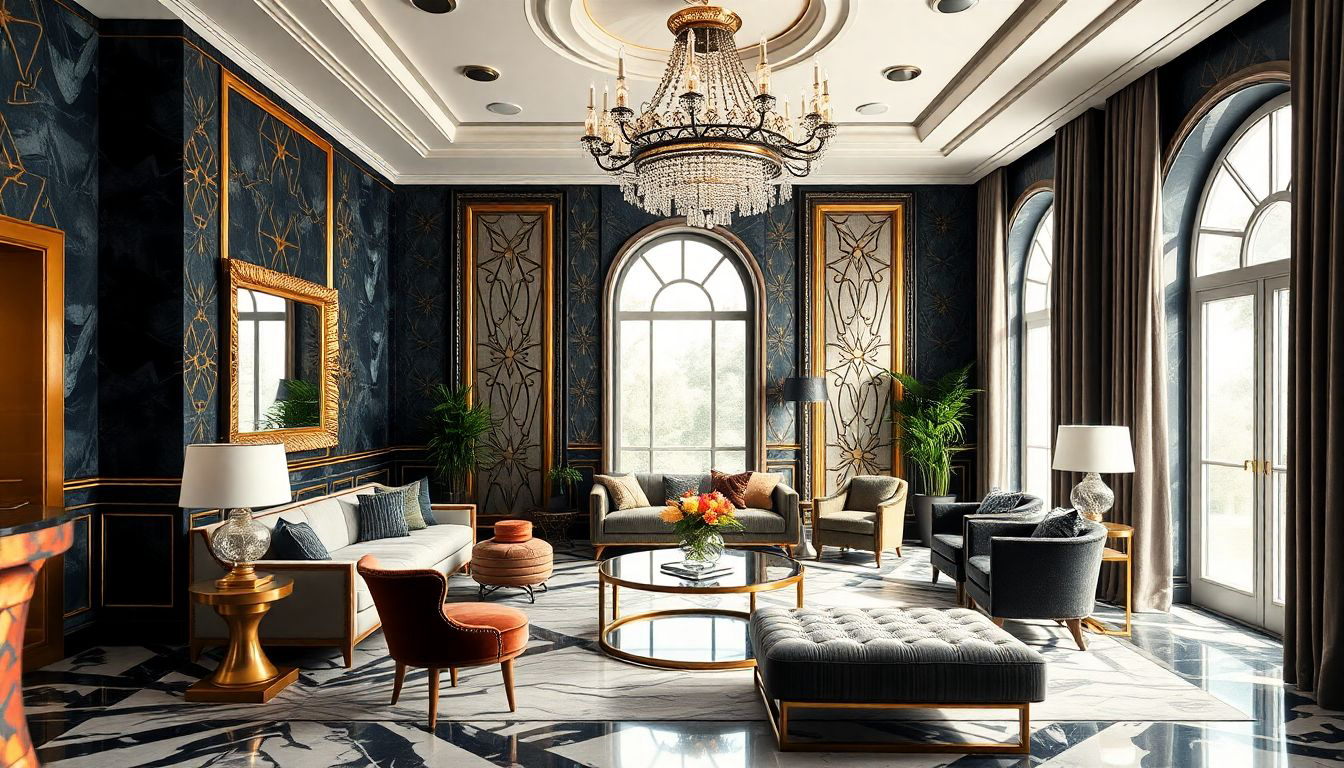
73% of interior designers report that their clients are clamoring for the return of Art Deco style, proving once and for all that what goes around comes around, especially if it's gilded and geometric. As the pendulum of taste swings back towards excess, it's time to dust off those chrome cocktail shakers and embrace the Jazz Age aesthetic that refuses to die. This revival is not merely a nostalgic nod to the past; it represents a bold statement of luxury and sophistication that resonates with contemporary sensibilities. But fear not, dear reader, for this isn't your grandmother's Art Deco—it's a modern twist on the classics, infused with innovative materials and fresh color palettes, perfect for those who want their homes to scream "I have money and I'm not afraid to use it" without actually uttering a word. The allure of Art Deco lies in its ability to blend opulence with functionality, creating spaces that are both visually stunning and livable, making it an ideal choice for the discerning homeowner of today.
The Timeless Allure of Geometric Excess
Art Deco, the design equivalent of a well-tailored suit with shoulder pads, emerged in the 1920s as a celebration of the modern industrial age. It was a time when people looked at skyscrapers and thought, "Yes, I'd like my living room to look like that." Ray Langdon, founder of Langdon Interiors and self-proclaimed Art Deco whisperer, explains, "Art deco is known for its use of bold, geometric shapes, and contrasting colors, which give it a powerful visual presence that stands out from other styles." In other words, it's the design equivalent of shouting in a library—impossible to ignore and slightly uncomfortable for everyone involved.
But why does this style persist? Perhaps it's the human desire to live in a world that looks like a Gatsby party exploded in your living room. Or maybe it's the allure of feeling like you're perpetually on the set of a 1930s murder mystery. Whatever the reason, Art Deco's combination of "harmony and balance" creates a sense of sophistication that's hard to resist. It's as if the style itself is saying, "Yes, darling, you are fancy enough to pull this off."
The key to mastering Art Deco lies in embracing its core elements: symmetry, bold patterns, and a color palette that would make a peacock blush. Imagine your home as a stage set for a glamorous life you're not quite living. That's Art Deco in a nutshell—aspirational design for the masses who aspire to be, well, not the masses.
From Skyscrapers to Sofas: The Art of Deco-rating
If you thought Art Deco was just about slapping some zigzags on your walls and calling it a day, think again. This style is a full-body commitment to luxury, darling. As our esteemed expert Ray Langdon points out, "Materials from around the world, such as marble, brass, and wood, add a luxurious and exotic feel to the design." It's not enough to have a coffee table; it must be a coffee table that looks like it could double as an altar to the gods of capitalism.
The true Art Deco aficionado knows that every surface is an opportunity for opulence. Mirrors? Make them bigger. Lighting fixtures? More chrome. Furniture? If it doesn't look like it belongs in the lobby of the Chrysler Building, you're doing it wrong. The goal is to create a space that makes your guests wonder if they've accidentally stumbled onto a movie set or into a time machine.
But let's not forget the global influences that make Art Deco truly special. It's not just about American excess; it's about international excess. Langdon elaborates, "This can include elements such as Egyptian motifs, Chinese art, and Islamic patterns, which all bring an existing visual aesthetic to the design." So go ahead, mix that Pharaoh-inspired coffee table with your Ming dynasty-esque vase and that rug that screams "I once saw a picture of Morocco." Cultural appropriation? No, darling, it's cultural appreciation—at least that's what we'll tell ourselves as we sip martinis from our Tut-ankh-amun tumblers.
The Dark Side of Deco: Embracing Your Inner Gatsby
For those who find traditional Art Deco a bit too... sunny, fear not. There's a new sheriff in town, and it's wearing a black turtleneck and reading Nietzsche. Enter Dark Academia, the moody teenager of interior design styles. It's Art Deco's brooding cousin, perfect for those who want their home to look like a library where unsolved murders happen.
According to our sources at Redecor, "The hallmark of Dark Academia interior design is its dark and moody color scheme." Think less "Great Gatsby" and more "Edgar Allan Poe's beach house." This style embraces deep, rich hues like charcoal gray, earthy browns, and forest green—colors that say, "I'm sophisticated, but I might also be plotting world domination."
To truly master the Dark Academia aesthetic, one must embrace the art of layering. Textures become your new best friend. Velvet, leather, and heavy curtains are no longer just materials; they're a lifestyle choice. And books—oh, the books! They're not for reading, darling, they're for displaying. Arrange them by color, by size, or by how pretentious their titles sound. The goal is to create a space that makes visitors feel simultaneously impressed and slightly intimidated, like they've wandered into the private study of a Victorian-era professor with a dark secret.
But don't forget the lighting. In the world of Dark Academia, ambient is king. Our experts suggest "chandeliers with vintage-style bulbs, wall sconces, and table lamps with fabric lampshades." The right lighting can transform your space from "I live here" to "I commune with the spirits of long-dead poets here." It's all about creating an atmosphere that's one part cozy, two parts mysterious, with a dash of "I might be a vampire" thrown in for good measure.
The Future of the Past: Art Deco in the Modern Age
As we hurtle towards an uncertain future filled with AI overlords and self-driving cars, one might wonder: is there still a place for Art Deco in our sleek, minimalist world? The answer, dear reader, is a resounding "Absolutely, darling!" Art Deco isn't just a style; it's a state of mind—a fabulous, slightly impractical state of mind.
Interior designer Wesley Moon reminds us that there are two ways to think about Art Deco: the historical roots and the modern renditions. It's not about recreating a museum piece in your living room (unless that's your thing, in which case, go off). Instead, it's about capturing the essence of Art Deco—its boldness, its glamour, its unapologetic fabulousness—and translating it for the 21st century.
This modern interpretation might mean incorporating Art Deco elements into a more contemporary space. Think of it as sprinkling a little 1920s magic over your IKEA furniture. A geometric mirror here, a brass lamp there, and suddenly your studio apartment is transformed into a pied-à-terre worthy of a Jazz Age socialite. It's about finding that perfect balance between past and present, between opulence and functionality, between "I live here" and "I throw Gatsby-themed parties here every weekend."
As we look to the future, one thing is clear: Art Deco will continue to inspire and evolve. It's a style that refuses to be relegated to the history books, constantly reinventing itself for new generations of design enthusiasts. So whether you're fully committing to the Art Deco lifestyle or just dipping your toes in the chrome-plated waters, remember: in the world of interior design, everything old is new again—especially if it's shiny.
FAQ: Decoding Deco
Q: How can I incorporate Art Deco elements without completely overhauling my space?
A: Start small, darling. Add a geometric mirror, some brass accents, or a bold patterned rug. Remember, Art Deco is like seasoning—a little goes a long way, but don't be afraid to add more to taste.
Q: Is Art Deco suitable for small spaces?
A: Absolutely! Use mirrors to create the illusion of space, opt for multifunctional furniture with clean lines, and remember: in a small space, every piece should be a statement piece.
Q: How do I balance Art Deco elements with modern design?
A: Think of it as a cocktail—two parts modern, one part Deco, with a twist of personal style. Mix sleek contemporary pieces with vintage-inspired accents for a look that's both timeless and current.
Q: What colors are essential for an Art Deco palette?
A: Think bold and luxurious. Deep jewel tones like emerald green, sapphire blue, and ruby red, paired with metallics like gold and silver. For the faint of heart, black and white with pops of color can also achieve the Deco look.
Q: How can I incorporate Art Deco in a sustainable way?
A: Vintage is your friend. Hunt for authentic Art Deco pieces in antique shops or online marketplaces. For new items, look for sustainably sourced materials and artisanal craftsmanship that echoes the quality of original Deco pieces.
References
"Art Deco Interior Design: Everything You Need to Know" by Katherine McLaughlin (Architectural Digest)
"An Interior Design Expert Explains Why Art Deco Will Never Go Out Of Style" by Sandy Baker (House Digest)
"The Culture, Innovation, and Prosperity of the Art Deco Era" (Courtney Price)
"Mastering the Modern Dark Academia Aesthetic" by Ofir Vabker (Redecor)
More Articles

Industrial Interior Design: The Sustainable and Textural Revolution
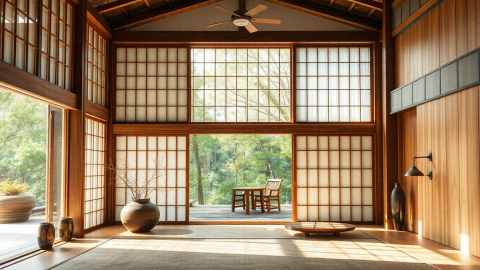
Zen and the Art of Imperfect Interiors: A Satirical Guide to Japanese-Inspired Design
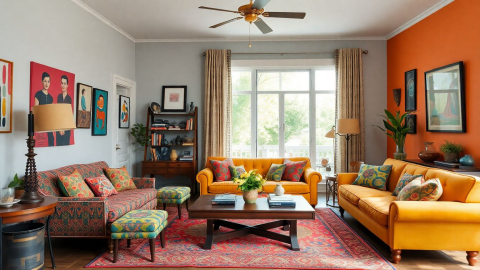
Embracing Eclectic Interior Design: A Journey of Personal Expression
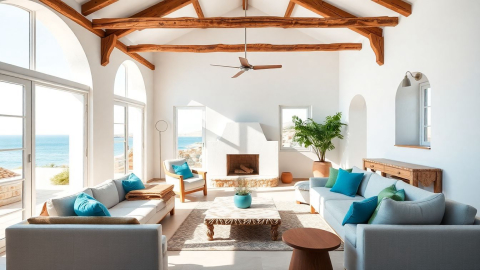
The Art of Mediterranean Interior Design: Blending Tradition with Modern Aesthetics
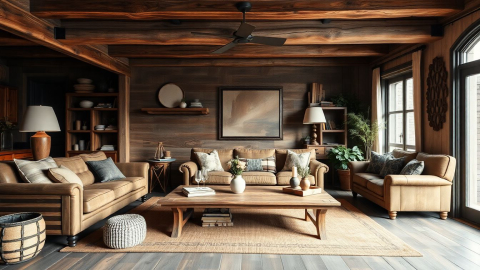
Rustic Chic: The Hilarious Trend of Pretending Your Home is a Barn
